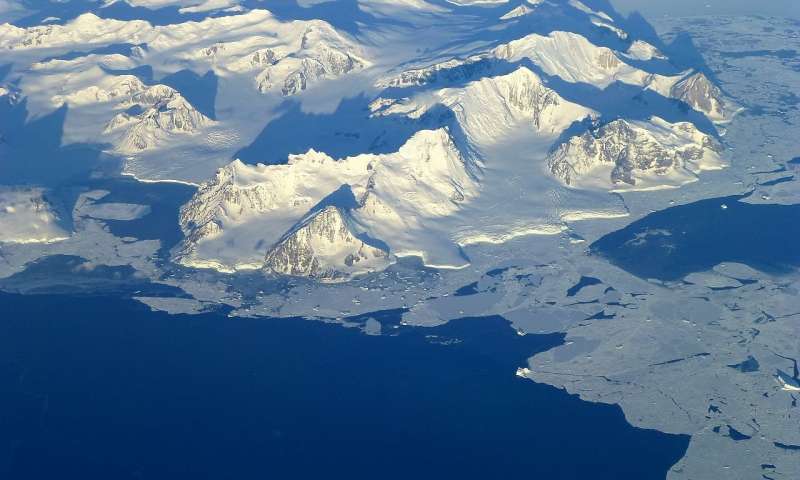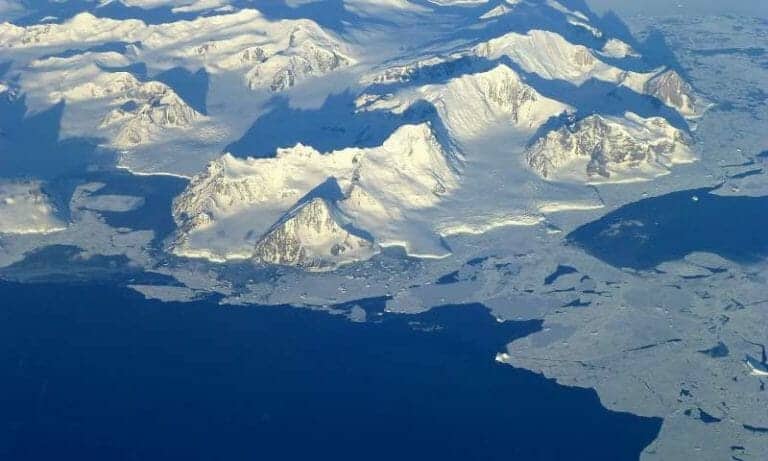When ice shelves melt, they dump freshwater into the sea which lightens the salty water. Credit: Flickr/NASA ICE, licensed under CC BY 2.0
Melting ice shelves are changing the ocean’s chemistry at the South Pole and the result could be a change in global currents and increased glacial melt, according to scientists who are creating maps to feed into climate change models.
At the North and South Poles, cold dense water sinks, powering the so-called global ocean conveyor belt, a complex system reliant on heat transfer and density that drives ocean currents throughout the world. This system regulates regional climates but is threatened when large amounts of freshwater – such as glacial ice – fall into the sea. Ice shelf melt means that more glacial ice will be dumped into the ocean, and this risks switching off the conveyor belt, because diluted, less dense saltwater is less likely to sink.
In the Antarctic, at depths between 500 and 2000 metres, a surprisingly warm salty water mass can be found, called Circumpolar Deep Water. At certain points under Antarctica, this warm water comes into contact with the underside of the ice shelves and melts the ice. If more warm salty […]
Full article: Warmer, saltier polar water could change global ocean currents



